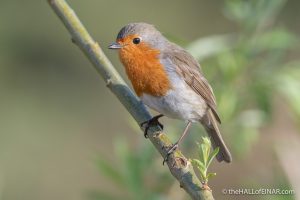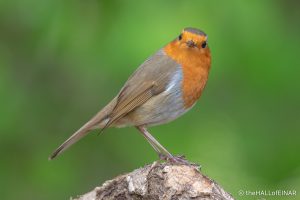Is this Robin male or female?
It’s a common question on social media.

Ashley is “Just interested to know”. There are hundreds of examples of people who are curious. Just how do you tell the difference?

How you tell the difference between male and female Robins is a question of only a little interest to me. What I find far more fascinating is why people need to know. People want to do something with the information once they have it. Exactly what is the point of knowing whether a Robin is male or female?

It’s 320 million years since Robins and humans were the same species. A male human and a male Robin may have some characteristics in common, as may a female human and a female Robin, but there’s been 320 million years of separate reproduction and evolutionary development. Do we really want to project human male and female characteristics on a red-breasted relative of the dinosaurs?

It seems we do. Males are ‘brave, ‘aggressive’ or ‘territorial’, while females are ‘pretty’, ‘caring’ and ‘busy’. We project human sexual stereotypes onto other species. We can’t help it. The problem is that sexual stereotypes influence science, and since it has been an area largely restricted to men, the sexual stereotypes held by men have held sway. For instance, scientists refused to believe that female Robins sang until recently.

“Pink tights”?

We want to know whether Robins are male or female because humans have a deep-seated need to psychologically project our sexual stereotypes onto other species. It’s both cute and terrible, terrible science.
And if you really still want to know, here’s the best guide by Gill Mason:

My question remains: what will you do with the knowledge when you have it? I’m “Just interested to know”.
More Robins
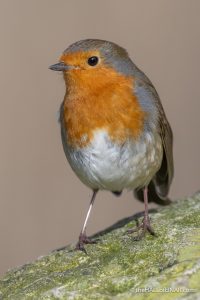 Robert The white spot in the centre of the Robin's breast is so intense, it's often blown-out in photographs. If it's… read more
Robert The white spot in the centre of the Robin's breast is so intense, it's often blown-out in photographs. If it's… read more Feeding your pregnant partner It's a lot of effort eating for two. This female Robin is being fed by her mate so she can… read more
Feeding your pregnant partner It's a lot of effort eating for two. This female Robin is being fed by her mate so she can… read more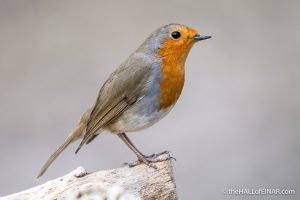 Pettirosso The name of the European Robin in Italian is il pettirosso. It means Red Breast. The scientific name of the Robin… read more
Pettirosso The name of the European Robin in Italian is il pettirosso. It means Red Breast. The scientific name of the Robin… read more Robert There's a beautiful Robin (short for Robert) close by. In my photographs I'm looking for a combination of a wonderful… read more
Robert There's a beautiful Robin (short for Robert) close by. In my photographs I'm looking for a combination of a wonderful… read more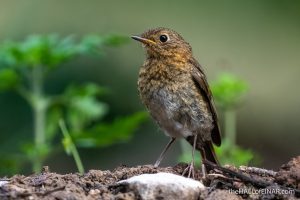 Juvenile Robin and adult bath time Robins are one of my favourite birds. I don't care about seeing rarities, or collecting a large list of species,… read more
Juvenile Robin and adult bath time Robins are one of my favourite birds. I don't care about seeing rarities, or collecting a large list of species,… read more Joy, unconfined Robins don't just sing in spring, but when they do it really is a fantastic symbolic moment. Here's one giving… read more
Joy, unconfined Robins don't just sing in spring, but when they do it really is a fantastic symbolic moment. Here's one giving… read more Robin with sparkles This Robin is having a quiet wing-droop moment on a branch in front of a Holly bush. The out-of-focus highlights… read more
Robin with sparkles This Robin is having a quiet wing-droop moment on a branch in front of a Holly bush. The out-of-focus highlights… read more Alert Robins are either alert or they are no longer. Being alert is a life or death capability. This one has… read more
Alert Robins are either alert or they are no longer. Being alert is a life or death capability. This one has… read more Sweet threats Why have humans evolved to find bird song beautiful when it's full of threats and bad language? If I trace… read more
Sweet threats Why have humans evolved to find bird song beautiful when it's full of threats and bad language? If I trace… read more